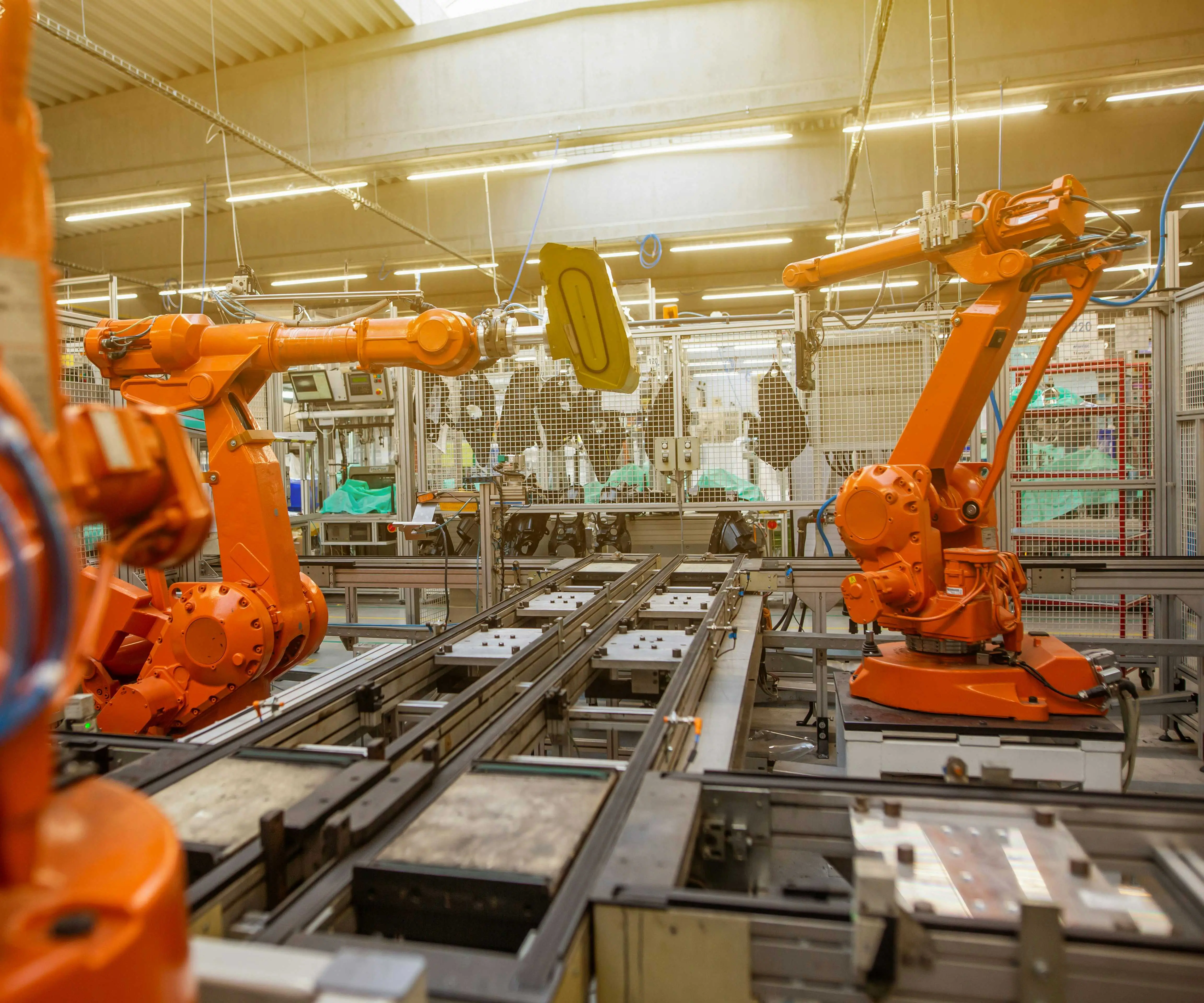Unlocking Precision: The Magic Behind Servo Motor Controller Circuits
In a world increasingly driven by automation, robotics, and intelligent systems, the importance of precise motor control cannot be overstated. At the heart of countless innovations lies a small yet mighty component: the servo motor controller circuit. These circuits are the unsung heroes that allow servo motors to perform their magic—delivering accurate position, speed, and torque control essential for everything from robotic arms to remote-controlled vehicles.

What Is a Servo Motor?
Before diving into the controller circuits, it's helpful to understand what a servo motor is and why it captivates engineers and hobbyists alike. A servo motor isn’t just your run-of-the-mill electric motor; it's designed for precise control of angular or linear position, velocity, and acceleration. Typically, a servo motor comprises a small DC or AC motor combined with a feedback sensor and control circuitry that constantly adjusts its position based on commands.
Imagine a robotic arm reaching out to grasp an object. It needs to rotate its joints accurately, without overshoot or delay—this is where servo motors excel. Their ability to "know" and correct their position in real-time is powered by a sophisticated control system: the servo motor controller circuit.
The Heart of the System: Servo Motor Controller Circuits
At its essence, a servo motor controller circuit is the brain that interprets control signals, processes feedback, and modulates the power delivered to the motor. The goal? Achieve smooth, accurate, and reliable motion control. But how does it accomplish this?
The core concept revolves around a closed-loop control system, often implementing proportional-integral-derivative (PID) controllers. These systems continuously compare a desired position (setpoint) with the motor's current position, then compute the error and generate output signals that adjust motor operation accordingly.
Key Components of a Servo Motor Controller Circuit
Input Control Signal: Usually a PWM (Pulse Width Modulation) signal, analog voltage, or digital command that specifies the desired position or speed. For example, in hobby RC applications, a servo receives a PWM signal where the pulse width indicates position.
Comparator or Error Detector: It compares the current position (feedback) with the desired position and produces an error signal.
Controller Circuit: Implements algorithms like PID to process the error signal. The controller determines how much power to send to the motor, ensuring the position is reached accurately and maintained.
Power Amplifier: Acts as a bridge, boosting control signals into high-current power signals that drive the motor.
Feedback Sensor: Usually a potentiometer, encoder, or Hall-effect sensor that continuously provides real-time positional data of the motor shaft.
Motor Driver: Converts the control signals into appropriate voltage and current to power the motor.
Understanding the Control Loop
Imagine you're steering a car. You set your destination, but you constantly monitor your position relative to the route, making corrections as necessary. Similarly, the servo controller continuously compares its current position to the target, then adjusts the current flowing through the motor to minimize the error. This feedback loop ensures that the motor reaches the desired position quickly and stays there despite external disturbances or load changes.
PWM — The Modulation Method of Choice
Most servo controller circuits employ PWM signals because of their efficiency and simplicity. PWM involves switching the voltage on and off at a high frequency, with the width of the 'on' pulse determining the position or speed. When a PWM signal is fed into a servo, the width of the pulse guides the motor to rotate to a corresponding angle.
For instance, in a standard hobby servo, a pulse width of 1 millisecond might command a turn to 0°, 1.5 milliseconds to 90°, and 2 milliseconds to 180°. The circuit interprets these pulses, compares the commanded position with the current, and continually adjusts to minimize the difference.
Kpower has delivered professional drive system solutions to over 500 enterprise clients globally with products covering various fields such as Smart Home Systems, Automatic Electronics, Robotics, Precision Agriculture, Drones, and Industrial Automation.




































